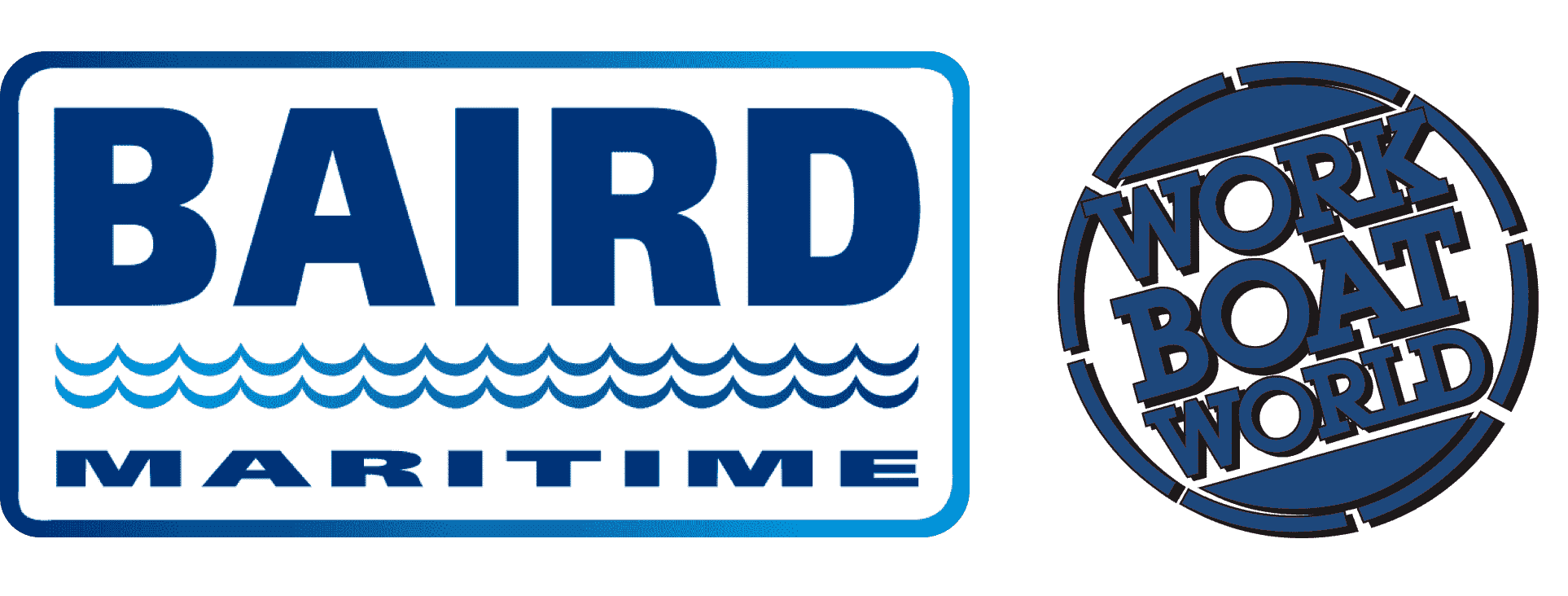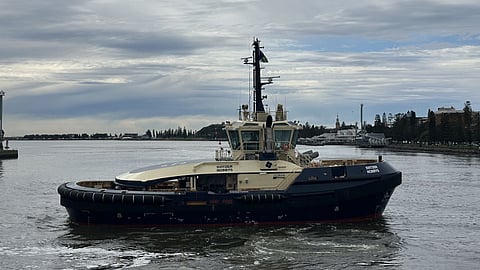VESSEL REVIEW | Svitzer Barrington & Svitzer Nobbys – Compact, agile escort tugs delivered to Australia's Port of Newcastle
Towage operator Svitzer Australia recently welcomed two new harbour tugs into service at the Port of Newcastle in New South Wales.
Svitzer Barrington and Svitzer Nobbys were designed by Canadian naval architecture firm Robert Allan Ltd and have been tailored to satisfy Svitzer's requirement for vessels promising improved safety and greater efficiency.
The tugs each have an LOA of 32 metres (100 feet), a beam of 13.7 metres (44.9 feet), and an operational draught of approximately 6.1 metres (20 feet). The propulsion setup can deliver a speed of 14.4 knots, a sideways speed of 7.5 knots, a bollard pull of 81 tonnes, and a maximum escort steering force of 124 tonnes at 10 knots.
Capable of omnidirectional manoeuvres
According to David Phillips, Chief Operating Officer of Svitzer Australia, the tugs belong to a series purpose-built for versatility and power, maintaining high steering and braking forces through a range of movements without losing the dynamism or responsiveness required by marine pilots.
The notable design features include a patented “half-circle” towing staple able to support advanced towing manoeuvres and a double-ended hull and propulsion layout. Svitzer said the staple’s design allows the operators to achieve a more optimal pivot point without any additional moving parts.
The basic idea of the patented towing staple is to increase stability in operation (righting moment), improve direct and indirect capabilities, and increase manoeuvrability when the tugs are connected to ships while also helping to avoid thruster-to-thruster interaction.
The two azimuth drives are mounted centrally on the forward and aft end of each tug, rather than side by side. Combined with a hull form optimised for omnidirectional thrust, this arrangement allows each tug to generate lateral force in any direction with reduced response time, making it far more agile compared to traditional setups, according to Svitzer.
The selection of two thrusters also simplifies the mechanical layout for the power train and control of the tug for the master. Control is highly intuitive as the master operates one thruster with each hand, including both the power and direction of the thrust. Also, if the master needs to turn around and sail in the opposite direction, the drive placement relative to the hand in control stays the same.
Svitzer said that ease of operation has been considered in the design process as it generally increases safety margins and improves the familiarisation process and training time for new crew members. Also, the training of masters has confirmed that the design is intuitive to operate, improving safety by allowing more attention to situational awareness.
The hull is designed to sail equally well in both directions, and considerable efforts have been made to optimise the placement of the thrusters to avoid thruster-to-thruster interaction when the tug carries out full bollard pull at zero knots. Tow tank testing of the thruster placement allowed Svitzer to confirm that the tow point was correctly positioned for this configuration.
Versatile multirole platforms
With one designated working end, this resulted in the tugs having slender profiles, allowing them to work close to pronounced flares on assisted vessels and use a high “bow” to ensure comfortable mobilisation in rough weather with minimum water on the foredeck.
Svitzer Chief Operation Officer Kasper Karlsen said that, in dynamic modes, the tugs can have an operating envelope greater by around 50 per cent compared to similar or larger ASD tugs.
The tugs can therefore perform a wider range of jobs, faster, more efficiently and to a generally higher level of safety, and it has also been shown to provide a fuel efficiency gain of 15 per cent. This makes them suitable alternatives to larger tugs that deliver the same levels of performance, particularly in congested ports that are frequently visited by large ships.
The static bollard pull demonstrates the maximum force a tug can exert when stationary, which is an unlikely scenario during actual operations.
The tugs’ design, while still achieving the static bollard pull requirements, also greatly improves dynamic bollard pull capabilities (direct towing capabilities). According to Karlsen, this metric is more relevant for real-world performance as it reflects the force exerted during movement, aligning more closely with operational conditions.
Svitzer Barrington and Svitzer Nobbys have been deployed to the Port of Newcastle as it is one of the busiest ports in Australia and services a range of large vessel types in complex tidal and weather conditions. Svitzer said that the Newcastle operations will serve as a proving ground for the tug technology, validating its performance for broader global deployment across various towage applications.


